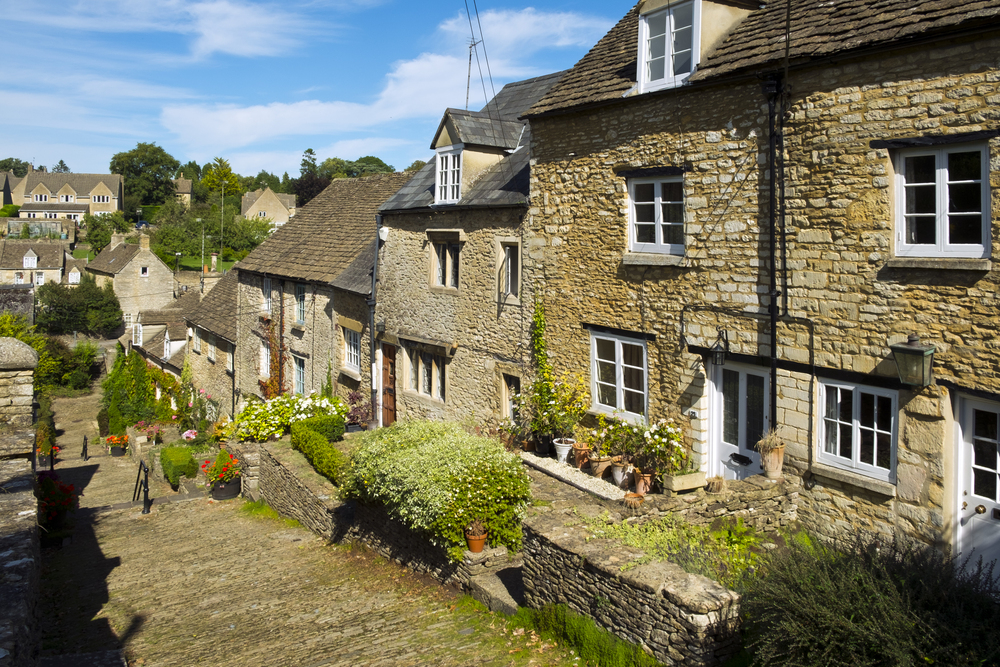The conventional tourism calendar directs travelers toward certain destinations during their busy seasons, creating predictable patterns of overcrowding and inflated prices. Yet certain places reveal completely different—and often superior—personalities during their traditional off-seasons, particularly summer hotspots experienced during winter months. These seasonal transformations offer opportunities to experience famous locations with dramatically different atmospheres, activities, and unexpected advantages like reduced crowds, lower costs, and unfiltered culture.
Here is a list of 18 traditional summer destinations that actually deliver their most authentic, enjoyable, and memorable experiences during winter months.
Venice, Italy

The famous floating city transforms during winter from an overcrowded tourist attraction to an atmospheric living community where visitors can experience genuine Venetian culture. The distinctive misty conditions called nebbia create photographic opportunities impossible during other seasons, with ethereal light that has inspired painters for centuries.
Winter visitors can access museums, churches, and historical sites without the crushing crowds that make summer experiences rushed and impersonal. The Venetian Carnival in February represents the city’s most authentic celebration, with elaborate costumes and traditional events connecting contemporary visitors with centuries of local tradition.
New Orleans, Louisiana
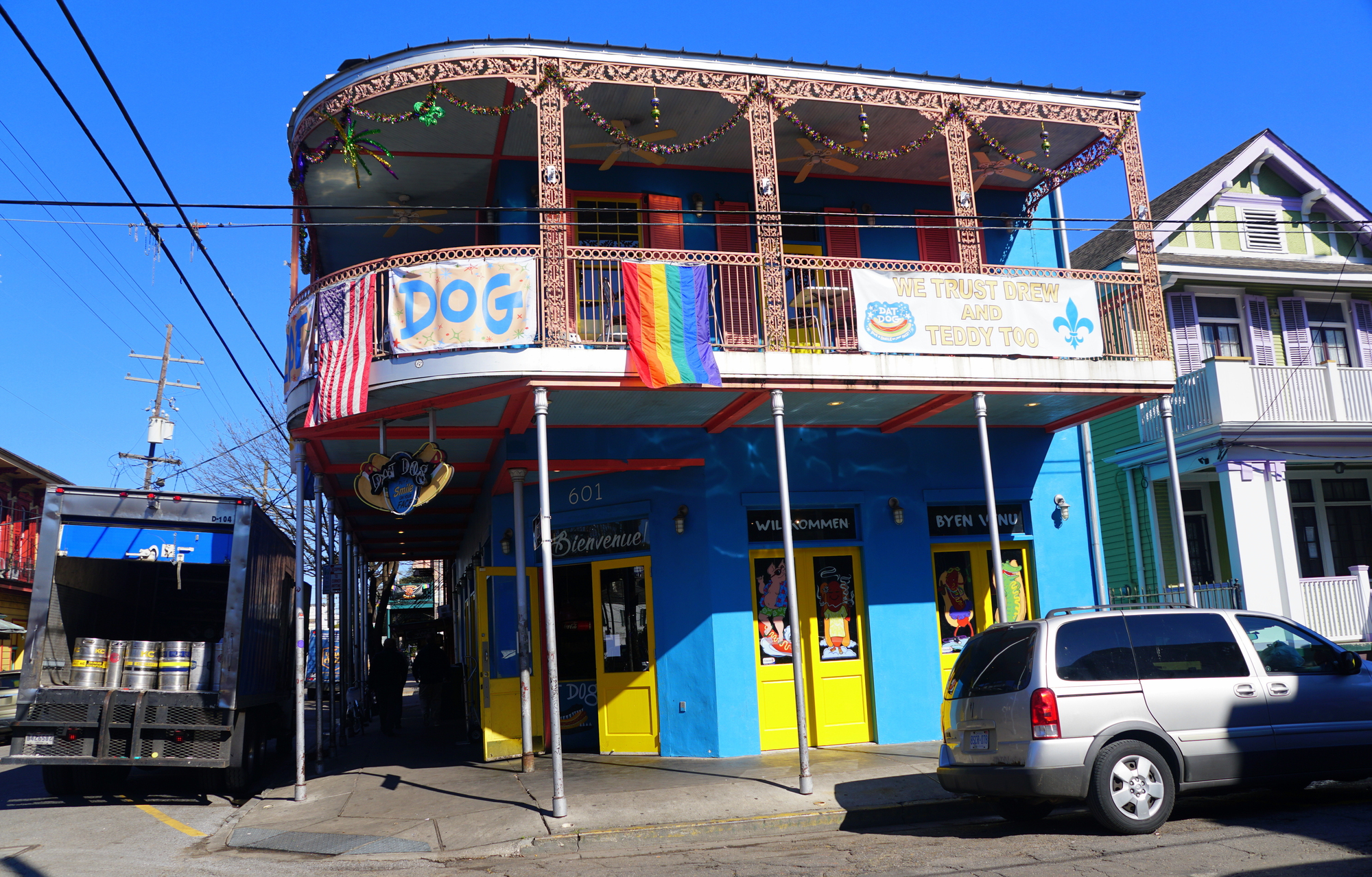
The French Quarter reveals its most authentic character during winter months when mild temperatures replace summer’s oppressive humidity, and cultural events showcase the city’s distinctive traditions. The winter festival season—including Mardi Gras but extending far beyond it—represents local culture at its most vibrant and accessible to visitors willing to engage beyond tourist clichés.
Culinary experiences improve dramatically during cooler months when traditional hearty dishes like gumbo and jambalaya make perfect sense rather than challenging summer appetites. The city’s famous music scene moves indoors to historic venues where winter acoustics and intimate atmospheres enhance performances beyond outdoor summer conditions.
Like Travel Pug’s content? Follow us on MSN.
Santorini, Greece

The famous white-and-blue island reveals dramatically different characters during winter when local culture emerges from behind the summer tourism facade. The extraordinary light conditions of winter create photographic opportunities impossible during summer, with dramatic cloud formations and atmospheric conditions enhancing the island’s geometric architecture.
Accommodation costs can drop by 60–70% in low season (November–March) while the remaining restaurants serve traditional Greek cuisine rather than international tourist fare. The archaeological sites and museums can be experienced without crowds, allowing actual engagement with the island’s remarkable history beyond summer’s superficial appreciation of views.
Death Valley National Park, California
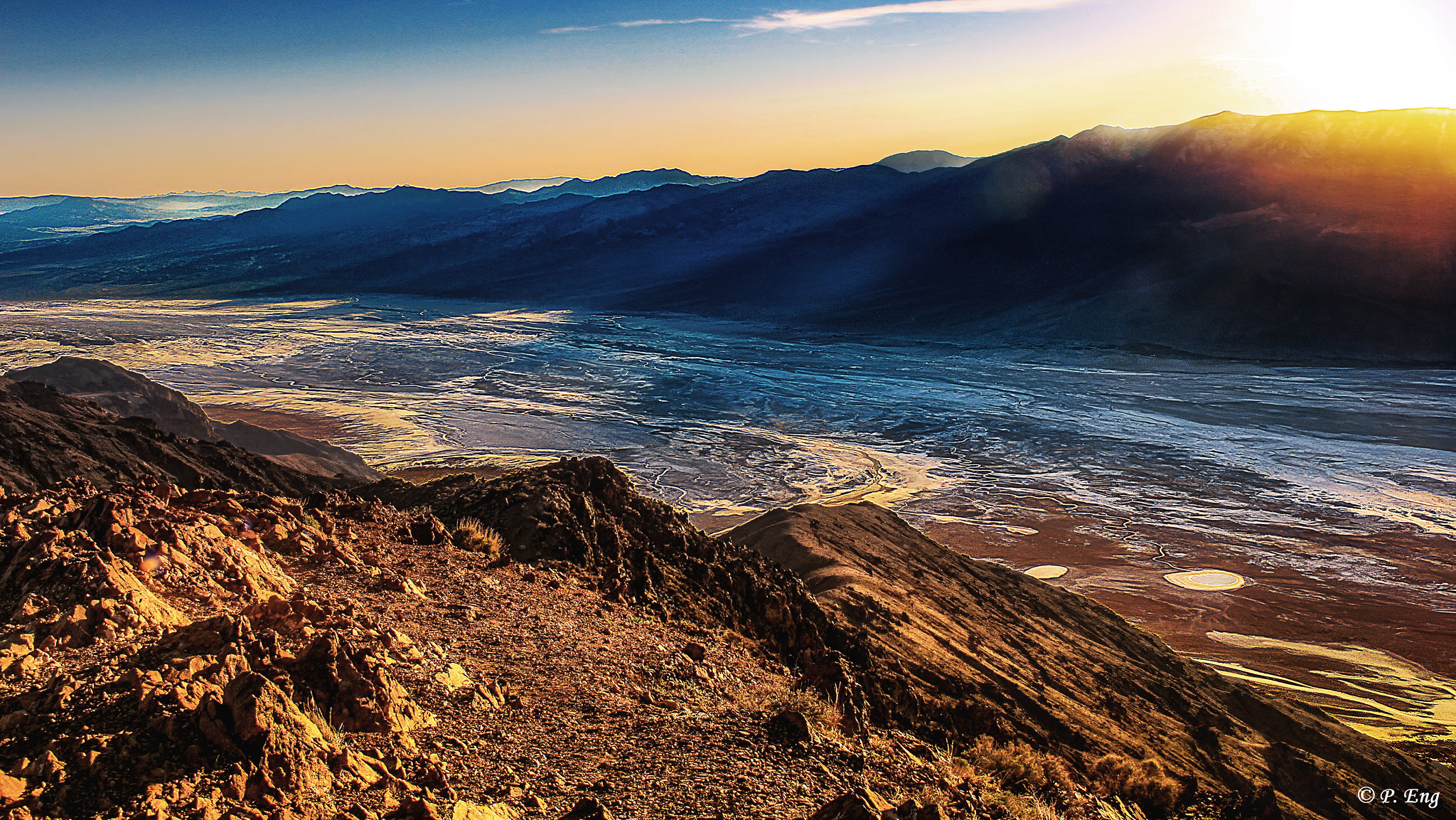
America’s hottest location transforms during winter into a comfortable hiking paradise with moderate temperatures, revealing landscape details invisible during brutally hot summer months. The low winter sun creates dramatic shadows and lighting conditions across the park’s remarkable geological features, particularly during early morning and late afternoon.
Wildlife activity increases significantly during cooler seasons, making animal sightings considerably more common than during summer when creatures remain hidden from heat. The reasonable winter temperatures allow exploration of lower-elevation features that become dangerously hot during conventional visiting seasons.
The Amalfi Coast, Italy

Italy’s famous coastal region transitions during winter from an international tourist attraction to an authentic local community where visitors can experience genuine culture and cuisine. The dramatically reduced winter visitor numbers allow actual conversations with residents and business owners instead of processed tourism experiences aimed at maximizing summer volume.
Winter light conditions transform photography opportunities with softer illumination, highlighting architectural details often washed out by summer’s harsh contrasts. The Mediterranean winter climate remains mild enough for comfortable exploration while eliminating the oppressive heat that limits summer activities to early morning and evening hours.
Like Travel Pug’s content? Follow us on MSN.
Barcelona, Spain

The Catalan capital reclaims its authentic character during winter months when international tourism decreases and local cultural life emerges as the city’s dominant feature. Winter visitors can explore Gaudí’s architectural masterpieces without summer’s multi-hour entry queues, allowing appreciation of details and perspectives invisible to conventional-season visitors.
The city’s famous food markets have transformed from tourist attractions to functioning community resources where visitors can observe authentic local shopping and dining patterns. Winter’s cultural calendar features events aimed primarily at residents rather than tourists, offering glimpses into authentic contemporary Catalan life rarely accessible during summer.
Yellowstone National Park, Wyoming

America’s first national park reveals an entirely different character during winter when snow transforms familiar landscapes and wildlife viewing opportunities improve dramatically. Winter’s thermal features appear more dramatic, with steam rising more visibly against cold air, while snow accentuates the colorful bacterial mats surrounding geysers and hot springs.
Wildlife tracking becomes possible in winter snow, allowing visitors to observe animal tracks and patterns that remain hidden during other seasons. The park’s famous traffic congestion disappears entirely, replaced by peaceful conditions allowing a deeper connection with natural surroundings.
Kyoto, Japan
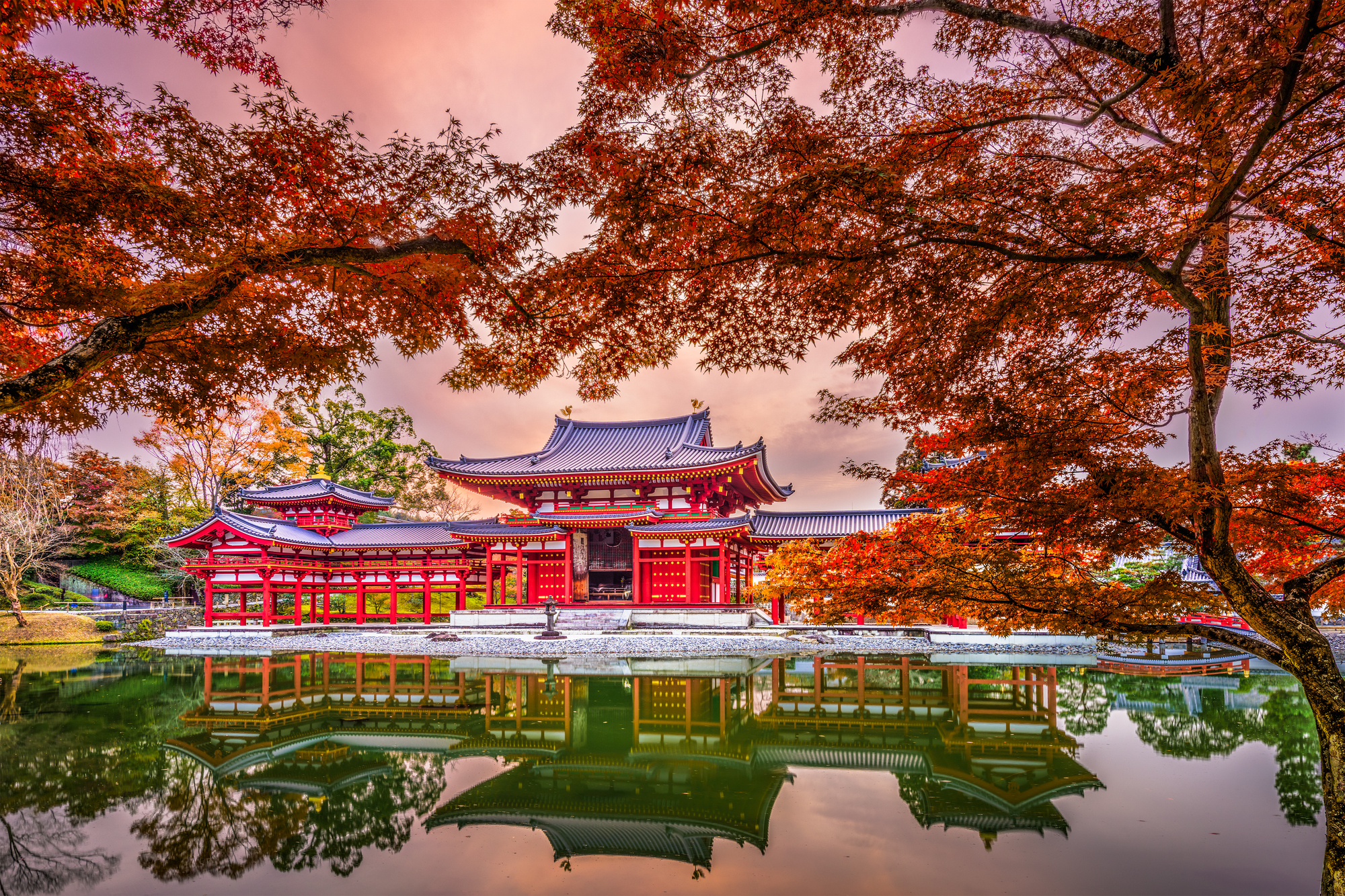
The ancient imperial capital transitions during winter from an overwhelming tourism center to a contemplative cultural destination where traditional aesthetics become more accessible. The famous maple trees of fall give way to winter’s more subtle beauty, including occasional snow, transforming temple gardens into minimalist studies of form and balance.
Winter’s cultural calendar includes traditional events rarely experienced by conventional-season visitors, including temple ceremonies with historical roots stretching back centuries. The dramatically reduced crowds allow visitors to experience Kyoto’s meditative spaces as they were intended—as environments for contemplation rather than photography backdrops.
Like Travel Pug’s content? Follow us on MSN.
Rome, Italy

The Eternal City reveals more accessible aspects during winter when reduced tourism creates opportunities for deeper engagement with both historical sites and contemporary Roman life. The Vatican Museums and Sistine Chapel can be experienced without summer’s crushing crowds, allowing actual contemplation of artworks rather than shuffling glimpses within masses of visitors.
Winter light conditions across the ancient ruins create dramatic shadows and subtle illumination perfect for both photography and appreciation of architectural details. The authentic rhythm of Roman daily life emerges during winter, with neighborhood markets and family-owned restaurants operating primarily for locals rather than tourists.
Maui, Hawaii
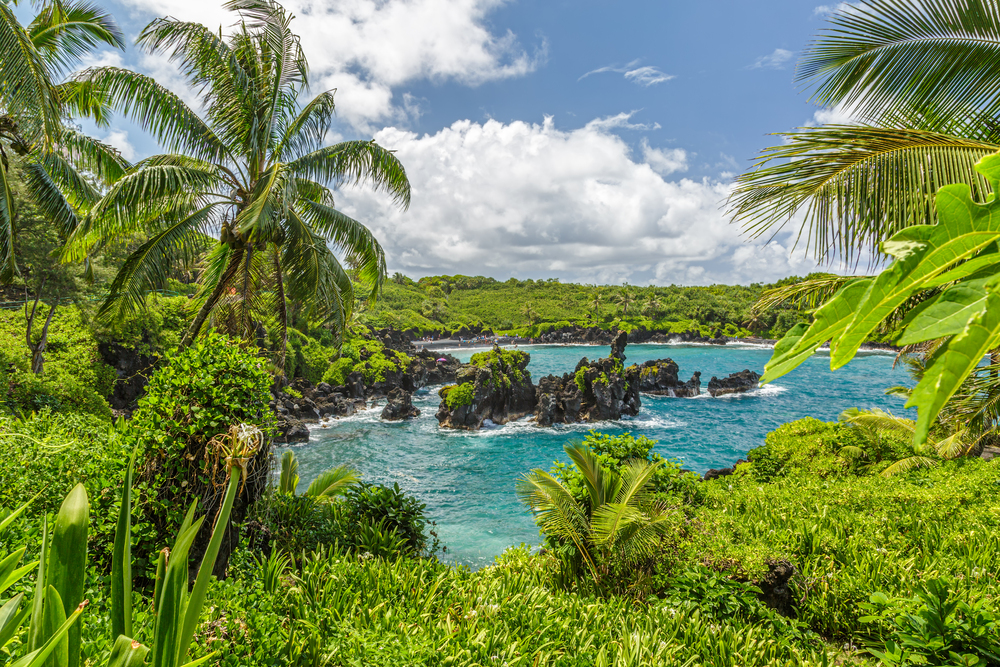
This popular Hawaiian island offers completely different winter experiences dominated by natural spectacle rather than manufactured tourism activities. The famous humpback whale migration brings thousands of these massive marine mammals to Maui’s waters between December and April, making wildlife viewing opportunities impossible during summer months.
Winter surf conditions transform the north shore into world-class wave watching, with professional surfers tackling massive faces at spots like Peʻahi (Jaws). The winter climate remains pleasantly warm while eliminating summer’s occasional humidity issues, creating ideal conditions for exploring the island’s varied microclimates.
The Algarve, Portugal
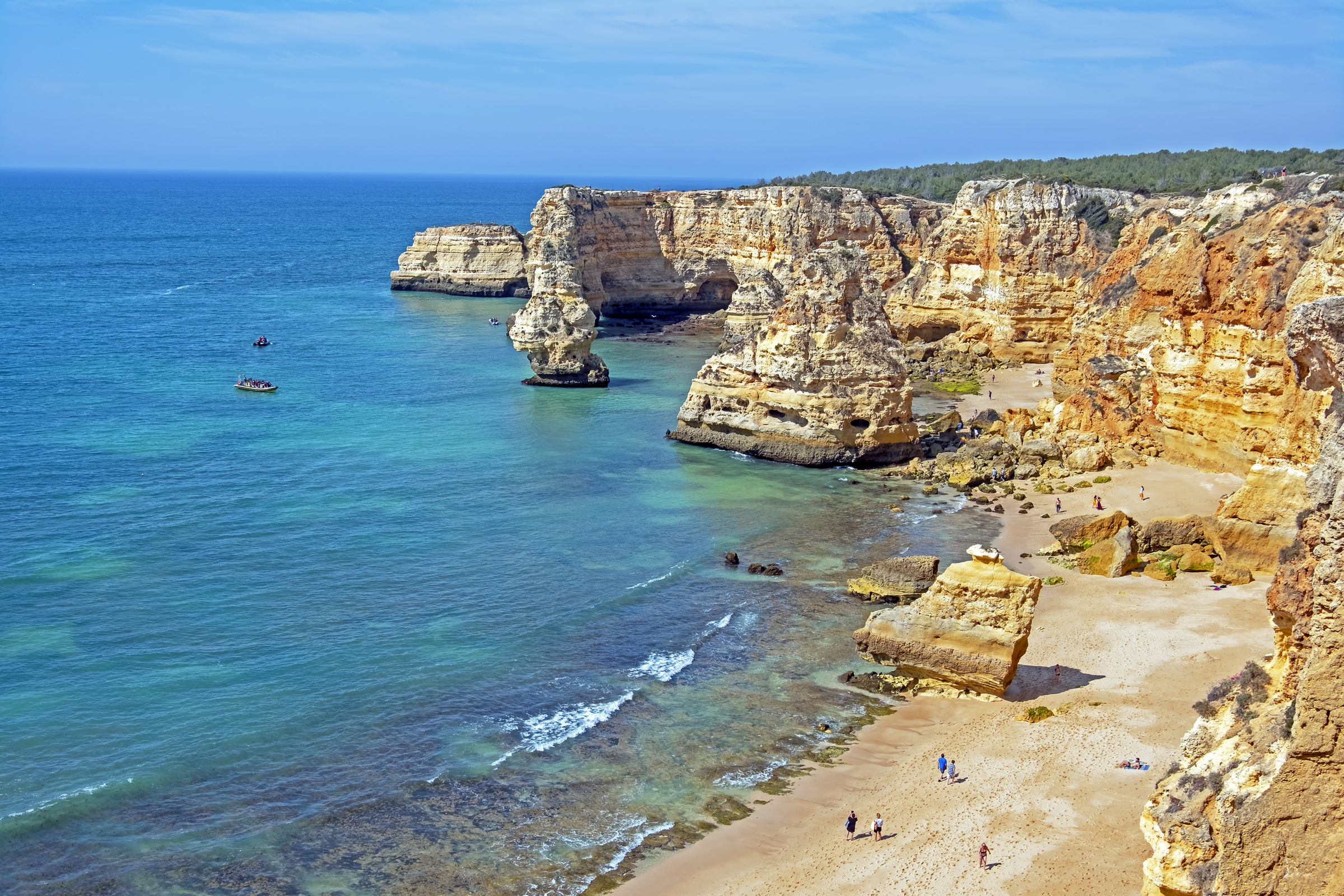
Southern Portugal’s famous coastline transforms during winter from an overcrowded beach destination to an authentic cultural region with comfortable exploration conditions and remarkable natural features. The winter bird migration brings extraordinary species diversity to the region’s wetlands, creating world-class wildlife viewing opportunities absent during the summer months.
Winter storms transform the famous limestone coastal formations with dramatic wave action rarely seen during calmer summer seasons. Local towns reclaim their Portuguese character during winter, with restaurants serving traditional cuisine to residents rather than international tourist fare to seasonal visitors.
Like Travel Pug’s content? Follow us on MSN.
Costa Rica’s Pacific Coast

This popular Central American destination offers completely different winter experiences focused on natural spectacles rather than conventional beach activities. The famous sea turtle nesting and hatching events occur primarily during winter months at beaches like Ostional, where olive ridley turtles arrive in synchronized mass emergences.
The seasonal transition brings wildlife viewing opportunities as animals adapt to changing rainfall patterns, with many species more visible than during other periods. Winter’s occasional dramatic storms create spectacular sunset conditions as weather fronts move across the Pacific horizon, generating photographic opportunities impossible during more stable seasons.
The Greek Islands

The famous archipelago reveals authentic character during winter when tourism infrastructure recedes, and traditional island life reemerges as the dominant culture. Winter ferry journeys connect travelers with the genuine maritime character of the region, including dramatic weather conditions that shaped island communities for millennia.
Local religious celebrations and cultural events—particularly around Christmas and New Year—offer glimpses into authentic traditions rarely witnessed by conventional-season visitors. The remarkable winter light conditions transform photography, with dramatic cloud formations and clear atmospheric conditions enhancing visibility between islands.
The American Southwest
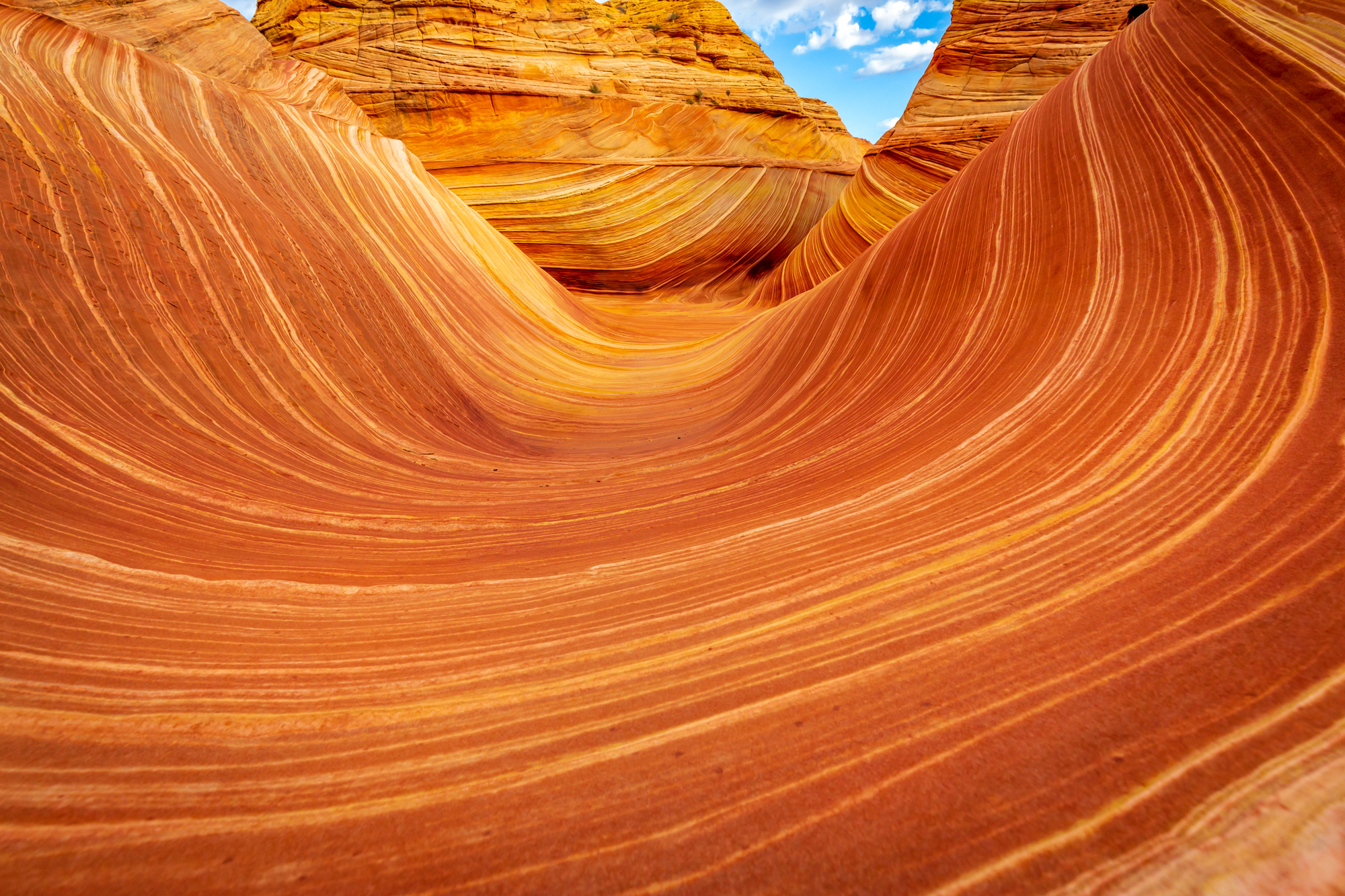
The desert landscapes of Arizona, New Mexico, and Utah transform during winter months, with occasional snow highlighting geological features in ways summer visitors never experience. The famously difficult hiking conditions of summer heat disappear completely, allowing comfortable exploration of landscapes that become dangerous or impossible during conventional visiting seasons.
Wildlife activity patterns change dramatically during cooler months, with many desert species becoming diurnal rather than nocturnal and consequently more observable. The winter light conditions—particularly the extended “golden hours” of early morning and late afternoon—enhance both visual appreciation and photography throughout the region.
Like Travel Pug’s content? Follow us on MSN.
Amsterdam, Netherlands
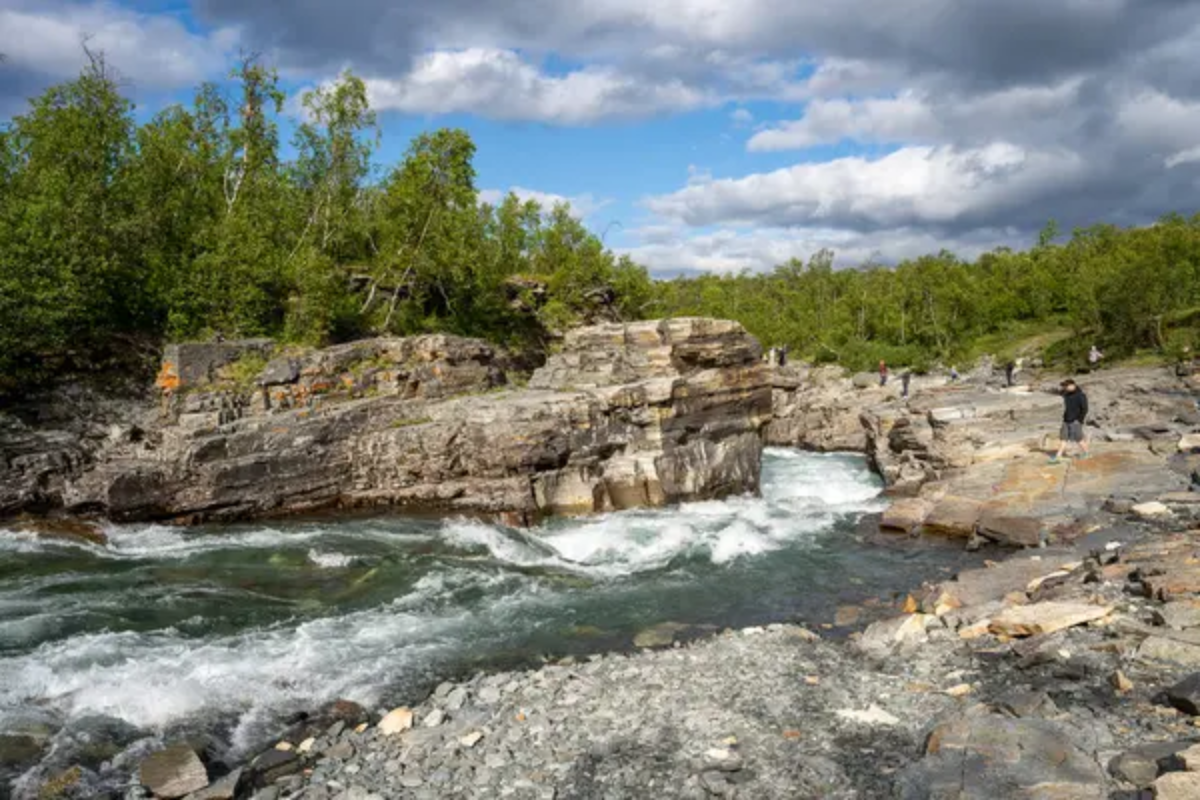
The famous canal city reveals entirely different qualities during winter when occasional freezing conditions transform waterways from transportation routes to public spaces. The cultural calendar shifts toward indoor arts, with world-class museums, concert halls, and theaters operating robust winter programs developed primarily for residents rather than tourists.
Historical canal houses display their finest features during winter when early darkness allows glimpses into illuminated interiors reflecting centuries of Dutch domestic architecture. The famous Dutch café culture becomes more authentic during winter months when establishments serve primarily local customers rather than adjusting offerings for international tourism.
Australia’s Great Barrier Reef

The world’s largest coral reef system offers superior marine experiences during the Australian winter when cooler water temperatures improve underwater visibility dramatically. The reduced summer rainfall lowers river outflow, decreasing waterborne sediment and improving water clarity throughout the reef system.
The conventionally challenging “stinger season” of dangerous jellyfish ends during winter months, allowing safer swimming conditions without protective equipment. The temperate climate remains comfortable for boat excursions while eliminating the occasionally oppressive humidity that can challenge summer visitors unaccustomed to tropical conditions.
Paris, France

The famous City of Light lives up to its nickname most completely during winter when early darkness emphasizes the carefully designed illumination of monuments, bridges, and public spaces. The cultural season peaks during winter months, with performing arts venues offering world-class programming developed for discerning local audiences rather than tourist-focused entertainment.
Winter’s off-season tranquility transforms museum experiences from crowded shuffling to actual artistic contemplation, particularly in major institutions like the Louvre and Musée d’Orsay. The local Parisian café culture emerges during cooler months when establishments serve primarily neighborhood residents rather than tailoring menus and hours to international visitors.
Like Travel Pug’s content? Follow us on MSN.
Napa Valley, California
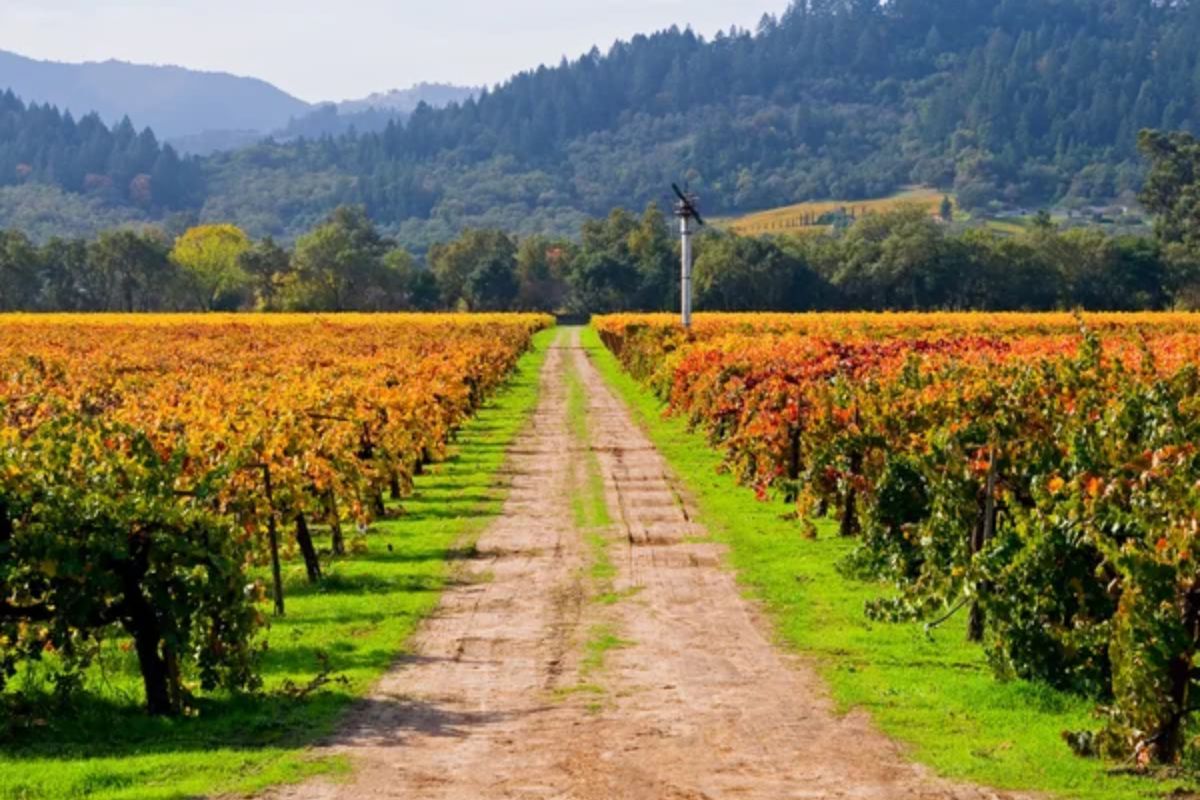
America’s premier wine region transitions during winter from a tourist attraction to a working agricultural area where visitors can engage with genuine winemaking processes. The dormant vines create distinctive landscapes with geometric precision visible without summer’s leafy coverage, particularly striking when occasional frost or light snow accentuates their structure.
Winery experiences improve dramatically when tasting rooms operate below capacity, allowing visitors actual conversations with knowledgeable staff instead of rushed sample pours. The valley’s famous restaurants become more accessible during winter, with reduced waiting times and occasional seasonal specials highlighting local culinary traditions.
Season’s Contrary Pleasures

These winter-enhanced destinations remind us that conventional tourism wisdom often reflects marketing calendars rather than optimal experience factors. They demonstrate that genuine connection with places, cultures, and environments frequently happens most powerfully during traditional off-seasons when artificial tourism infrastructure recedes, and a genuine character emerges.
These locations offer special rewards to travelers willing to question conventional seasonal assignments and discover the distinctive magic that emerges when popular places transform through winter’s profound changes. When “summer places” reveal their winter personalities, attentive travelers often discover deeper, more meaningful experiences than their high-season counterparts can ever access.
More from Travel Pug

- Cities Growing so Fast You Won’t Recognize Them in 10 Years
- 13 Destinations Where Tourists Regularly Regret Their Trip
- 20 Obscure WWII Sites Even History Buffs Don’t Know About
- 10 Under-the-Radar Mountain Towns That Are Both Affordable and Beautiful
- Remote Villages in Europe Where You Can Live for Free in Exchange for Work
Like Travel Pug’s content? Follow us on MSN.
